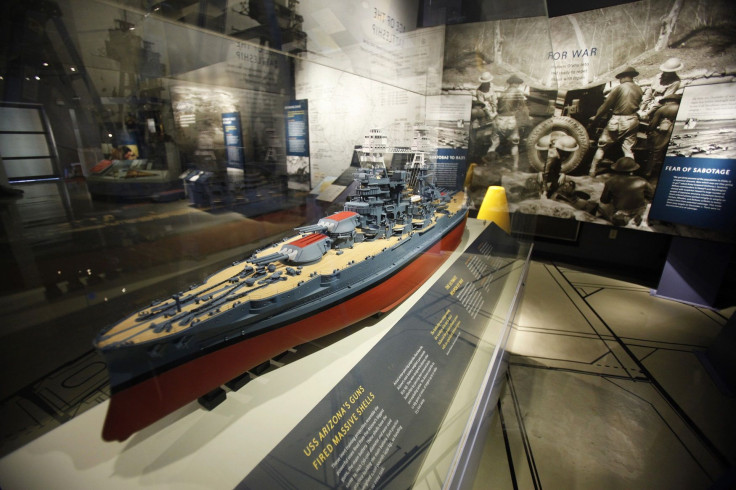Tiny robots are exploring history's most iconic shipwrecks

Compact underwater remote operated vehicles (ROV) are giving explorers a first-hand look at some of history’s most renowned shipwrecks. The traditional SCUBA equipment and gear are being replaced by these underwater robots. Using just two thrusters and a rotating outer body, the rovers are able to navigate and maneuver in all directions.
Sam Macdonald is the president of Deep Trekker, a Canadian-based company that manufactures the underwater rovers. Since the company's creation in 2010, the underwater robots have become a standard in the aquaculture industry. It wasn't what they were originally created for, however.
"One night I dropped a flashlight off my boat and I started thinking about having an underwater robot that we could do things with including retrieving lost items, but also for exploring all of these ship wrecks," Macdonald told CIO.
Macdonald got her wish fulfilled earlier this year when she and her team were approached by a Deep Trekker customer to come along on an exploration of the USS Arizona, which sunk during the attack on Pearl Harbor in December 1941.
With the robot's help, Macdonald and the team were able to explore sections of the ship that would have been inaccessible in past expeditions. A special treat for the team was the presence of one of the six remaining survivors of the USS Arizona, who for the first time had a chance to explore the the admiral’s quarters.
The sunken battleship is still submerged in a shallow harbor of Honolulu, deemed too damaged and too much of a memorial for it to be salvaged. The official memorial site for the Pearl Harbor attacks brings in thousands of visitors every year. Oil can still be seen seeping from the wreckage even after several decades have passed.
Survivors of the attack sometimes have their families spread their ashes at the site so they can rest with their fallen brothers.
“We took the ROV and went into the main main bomb hole, the bomb that they believe is responsible for the final sinking of the ship. We deployed the ROV into that hole, and witnessed firsthand some of the collapsed infrastructure," Macdonald said.
Macdonald said that the underwater rovers have also been used previously to explore the HMS Erebus, one of the ships used by Sir John Franklin in 1845 when he set sail from England to search for a passage in the northwest across Canada's Arctic. The ship was believed to have sunk after it got stuck in the Arctic's thick ice. It ultimately never made it to its destination.
Just two years after the discovering the Erebus, explorers found the expedition's second ship: the HMS Terror. Macdonald said that they will conduct the exploration of the said vessel some time next year.





















